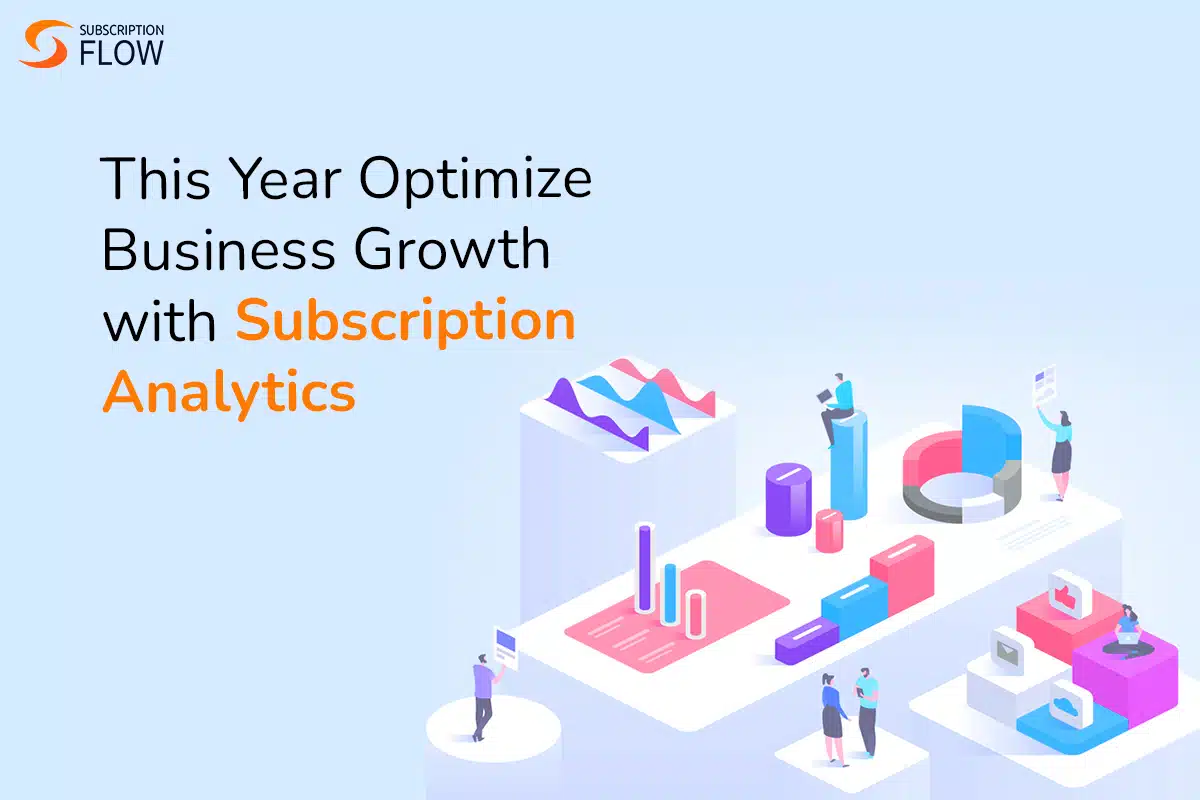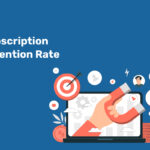
What Are the Most Important KPIs to Base Your Customer Retention Analytics Strategy in 2023?
Today, the basis of a successful subscription business is quality data and the best data analysis. However, every day, people and businesses face challenges because of inaccuracies such as incorrect values, mistaken dates, flawed inferences, and numerous other errors. Also, being part of the subscription business economy, you need to realize that erroneous data and errors in data analysis not only cause mundane mistakes but can ruin businesses altogether.
For instance, the 2008 financial crisis, considered one of the most severe in history, is considered by experts to be driven by inaccurate data that inflated the apparent value of mortgage-backed securities, collateralized debt obligations, and other derivatives.
Coming back towards our point of focus—the subscription business market, we will delve into the details of subscription retention analytics so that you will know the importance of customer retention data analytics software.
The Poor Data Collection
The first stage of customer or subscriber data analysis is data collection. Further, it is the most important stage regarding data analysis because the following are the consequences of flawed data:
- Affected subscription business efficiency
- Missed business expansion opportunities
- Reduced recurring revenue
- Poor customer experience
- Procrastination in important business decisions
- Insufficient actionable insights
How to Improve Customer Data Collection?
Now that you know how badly poor customer data affects a subscription business, it is important to know how to mitigate mistakes at this stage. First, you need to collect data from the right point of customer interaction. There are various points of customer integration. For example, customers interact with your support and customer care teams, but these are not the only points of interaction with the customer. You must collect subscribers’ data from the following points of interaction with the customer:
- Customer exit surveys: Customers who leave usually share their honest opinion about your product and services. Always monitor surveys collected from your customers who have left.
- Communication on chatbots: Customers are also busy, they come to customer support where there is no other option for them. So, chatbots clearly tell customer queries.
- Marketing analysis: Here, you will analyze the targeted market, customer acquisition and onboarding. It links with KPIs like customer acquisition and LTV.
- Subscription histories: The history of the subscription lifecycle will show a holistic overview of what customers purchased and preferred.
- Customer order history: Collection of data on this point unveils when customers confirm and when they cancel their orders. This information is important to work on your churn deflection.
- History of availing discounts and offers: This data will provide you with opportunities to expand your subscription business by earning customer loyalty.
What Should Be Your Customer Retention Analytics Strategy?
In order to streamline everything from customer data collection to its analysis and extraction of useful insights, it is important to strategize subscription analytics. Here, we have a team of experts to help you. The following should be the basis of your subscription analytics strategy:
Customer Segmentation
You need to start with the customer segmentation. For example, you can segment all customers based on demographics. This segmentation will show you the purchase patterns and customer behaviours with respect to the difference in age, gender and location etc. When customers are segmented, it becomes easier to improvise customer retention and acquisition strategies. Sometimes, you do not need to make drastic changes in the strategy rather only a few tweaks are needed for certain customers. A segmented customer base liberates you to do so easily.
Cohort Analysis
Cohort analysis is somewhat related to the segmentation of customers. However, in cohort analysis, you get time-bound data. For instance, many SaaS companies need to monitor their monthly recurring revenue (MRR) and annual recurring revenue (ARR). Such KPIs are monitored by cohort analysis.
However, mostly, SaaS companies go for cohort analysis for monthly analytics and reporting. Coming to the point, how to do cohort analysis for your subscription business?
- First, you will need to define your cohorts which means groups of customers. The most important factor while you are dividing customers into groups is the time duration. However, the parameter to divide the customer base will depend on your business. For instance, if you are offering subscription boxes of toys and dolls, then the most important parameter to divide customers is the age of the kids for whom you offer toys.
- Second, you will have to calculate customer acquisition cost (CAC) and Lifetime Value (LTV).
- Third, after the calculation of these KPIs, you will have to analyse the data. The thing that will help your subscription business is the difference in the performance of these KPIs.
- If you feel any difference in the performance of these indicators, then you will need to optimize your subscription business activities and utilize your customer retention analytics software to the fullest.
Subscription businesses can enhance their growth and performance by applying various techniques, including subscription analytics.
Take Charge of Your Subscription Business Analytics with SubscriptionFlow
SubscriptionFlow has an extensive feature of reporting and analytics. It allows users to monitor the following KPIs:
- MRR
- ARR
- LTV
- Customer Sales
- Sales Reversals
- Payments
And more. However, customer retention analytics can specifically be monitored and used under a dedicated application—RetentionFlow. The application shows the health score of the customer which tells whether the customer is loyal or is about to leave. The parameters on the basis of which the health score is defined can be customized depending on the subscription business of the user.
Conclusion
In one way or another, customer retention analytics platforms like SubscriptionFlow not only help in analysing the data but also in collecting the data. Collecting the right data, segmentation of this data, and then analysing it are the backbone of the success of your subscription business. You can even monitor the complete customer journey with SubscriptionFlow. This monitoring plays a huge role in strategizing better and earning more.
So, if you have an effective retention strategy and want to run it on a robust subscription analytics platform, then schedule a demo for SubscriptionFlow.










